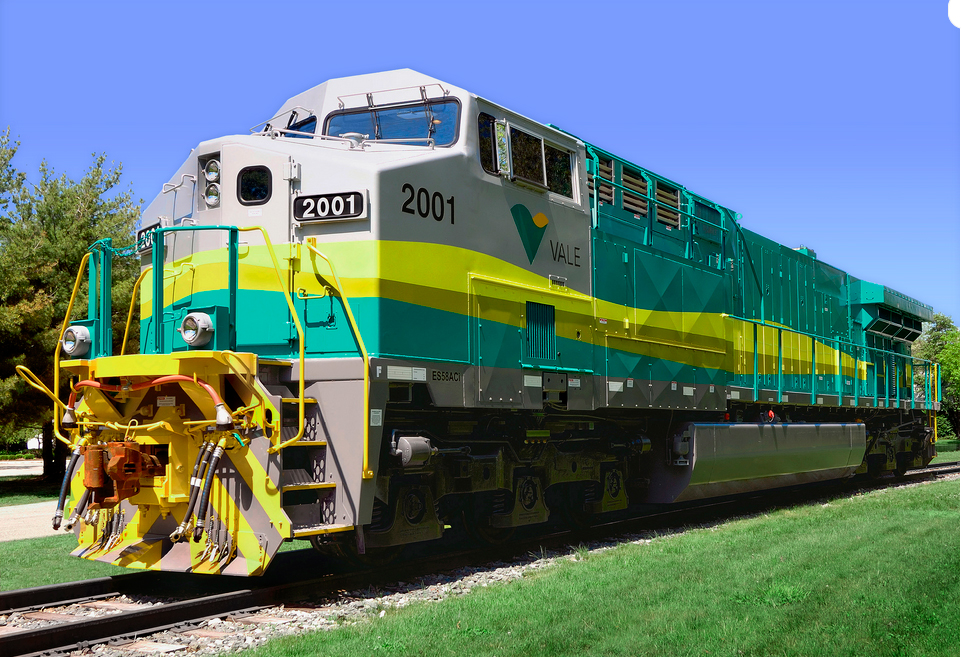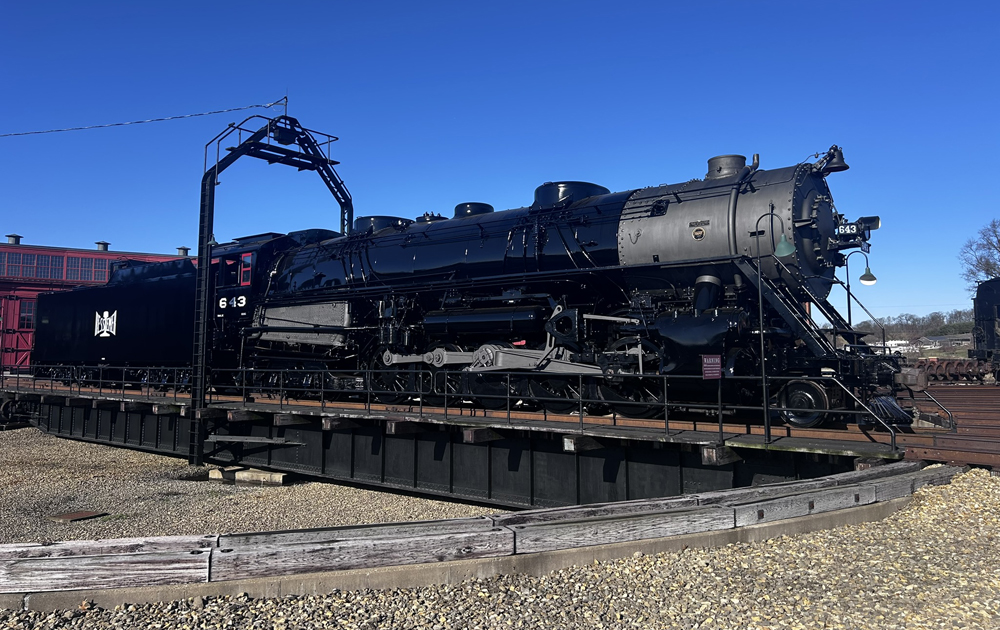The first 20 empties arrived at the mill Sept. 26; production had begun Sept. 23. Power for the first train was Mineral Range 907, an ex-Belt Railway of Chicago EMD TR4A. The first train on Oct. 1 had nine cars – four with copper, five with nickel.
Lundin Mining Corp. owns the mill and the mine, which is the only primary nickel mine operating in the U.S. Lundin officials tell the Marquette Mining Journal that full production of 2,205 tons daily is expected by the second quarter of 2015. Over the expected eight-year operation of the mine and mill, 360 million pounds of nickel and 295 million pounds of copper, as well as small amounts of other metals, are expected to be produced.
The new Humboldt Mill was built on the site of the former Humboldt Mine, once served by Lake Superior & Ishpeming Railroad ore trains.
Mineral Range Inc. owns the Mineral Range Railroad a privately held corporation that purchased 12 miles of line from the Lake Superior & Ishpeming Railroad on Jan. 1, 2013, and became a common carrier. Its reporting marks are MRA. It also bought 1.9 miles of ex-LS&I right-of-way – the tracks had been pulled up in 2005 and rail banked. Development of the rail line, including converting 1.9 miles of rail banked railroad back from a trail to a working rail line – cost about $7 million.
Mineral Range got its start in 2002, when it began switching a three-mile industrial track near Ishpeming. It was not a common carrier then, but was an attraction for fans with its ex-Baltimore & Ohio Chicago Terminal SW1. Mineral Range gave up the operation in 2003, and another company handled switching for a decade, but on June 1, 2013, Mineral Range resumed switching operations. This time the company acquired some of the industry track and began operating it as its Pluto Subdivision.













